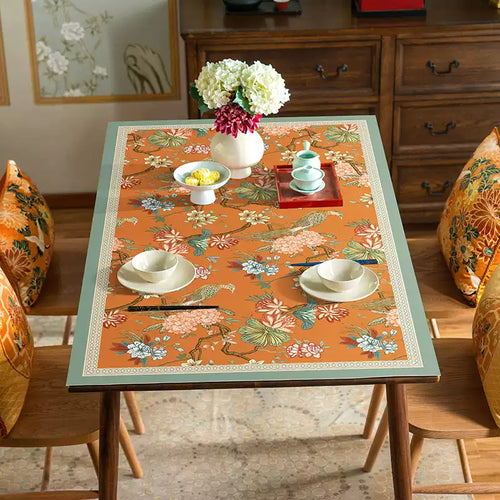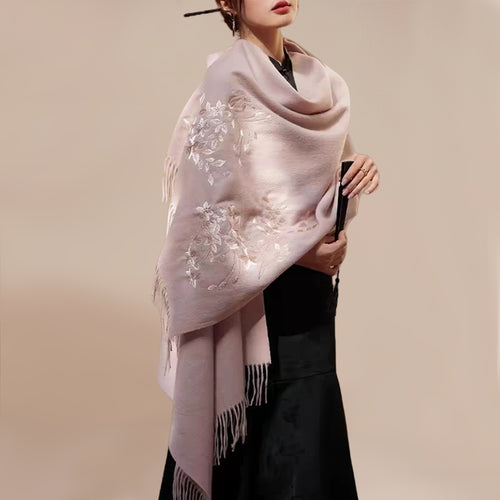As the Paris Olympics unfold with great excitement, it's a perfect time to delve into the rich tapestry of ancient Chinese sports. These traditional activities not only offer entertainment but also embody profound cultural significance. Here, we explore five captivating ancient Chinese sports that showcase the historical depth and unique charm of Chinese culture.
1. Cuju
Known as the ancient Chinese form of football, Cuju originated during the Warring States period and reached its peak in the Han and Tang dynasties. This sport tests ball-handling skills and teamwork, making it a precursor to modern soccer. The game was played with a leather ball filled with feathers and saw both men and women participating in competitive matches.

2. Juedi
Similar to wrestling, Juedi was both an entertainment activity and a form of military training. It combined strength and technique, reflecting the ancient Chinese emphasis on physical prowess and strategic skill. Juedi matches were popular during festivals and often featured impressive displays of athleticism and combat skills.

3. Polo (Jiqiu)
A favored pastime among the Tang dynasty nobility, polo combined horsemanship with ball-handling skills. Teams of riders would use long-handled mallets to hit a ball towards the opposing team's goal. Polo was not only a sport but also a display of grace, agility, and teamwork, celebrated in poetry and art from the era.


4. Archery (Sheyi)
Archery was more than a military skill in ancient China; it was also a means of self-cultivation and moral education. Practicing archery emphasized calmness, focus, and mental discipline. Competitions often took place during ceremonial events, highlighting the archer's ability to remain composed and precise under pressure.

5. Ice Play (Bingxi)
During the winter months in northern China, ice play became a popular sport, akin to modern ice skating. It served both recreational and training purposes, showcasing the adaptability of ancient Chinese people to their natural environment. Bingxi events included races and acrobatic performances on ice, reflecting the joy and resilience of winter sports.


These traditional sports exemplify the vast and profound nature of Chinese culture. As you enjoy the Paris Olympics, we hope you also appreciate the unique charm and historical richness of these ancient Chinese sports. They offer a glimpse into a world where physical activity was intertwined with cultural values and social customs, adding another layer of appreciation to the global celebration of sportsmanship.
Embrace the spirit of the Olympics while discovering the fascinating world of ancient Chinese sports, where tradition and athleticism blend seamlessly to create enduring legacies.





































